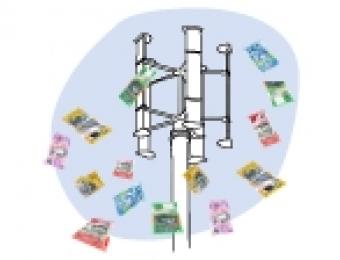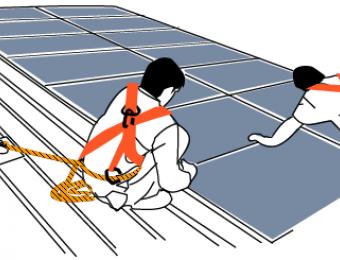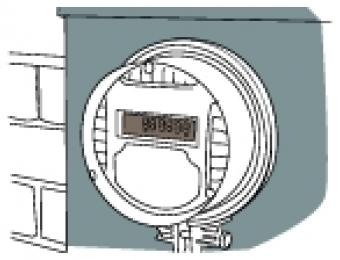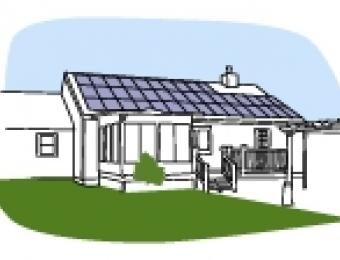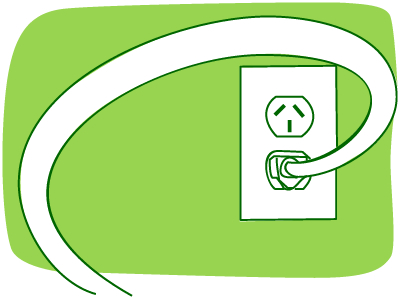
What are feed-in tariffs?
In many states across Australia, there are provisions for people who generate their own electricity using solar panels or wind turbines to feed power back into the power grid. This can mean that you're either partially or fully offsetting the amount of power you're drawing from the grid with your own power - or even that you're feeding more power back into the grid than you're drawing out. Where that's the case, some states have a provision to pay for this extra energy through what's known as 'feed-in tariffs' (FiTs).
Feed-in tariffs are payments for people who feed electricity back into the grid. These are typically calculated at a set amount of money per kilowatt hour (kWh).
Net vs Gross feed-in tariffs
In some states, the FiT is based on how much total energy your system produces (gross), and in others it's based on how much you produce over and above what you use (net). It's important to know the difference, because many states are now shifting to a net-based model, having previously worked on a gross tariff basis.
Knowing how the feed in tariff works where you live - and more to the point, how it'll work into the future - will have a serious impact on how long it'll take you to recover the initial outlay costs for your solar panels or wind turbine.
The nuts and bolts
To claim a feed-in tariff, your solar panel or wind turbine setup obviously has to be connected to the power grid. This typically involves wiring that connects your DC to AC inverter to your power meter. The meter will need to be a bi-directional smart meter, which can measure how much electrical power is going out and how much is coming in.
The exact FiT that you're eligible for will vary depending on where you live, and in some states if you haven't already installed a system, you won't be able to claim money back for additional power production anymore.
The rate you're paid at will also depend on when you install your system, so if you want to get paid for generating more power than you use, it may be better to invest sooner rather than later. Many schemes are in danger of being phased out or closed to new applications - and although there's been talk of a nationally governed FiT scheme, there's no assurance yet that this is going to become a reality. Check with your state's energy regulator for more details about what kind of feed-in tariffs apply in your area.
How FiT credit is paid
Once you've installed a system, completed all the paperwork and secured a feed-in tariff, you're ready to start seeing the benefits. When your meter is read for billing, if you've produced more power than you’ve used you'll be credited according to however many additional kWh you’ve produced. This credit can be requested back from your power company as a cheque. If this money's generated from a residential property as a hobby it's generally not taxable, but it does count as 'income' where social security payments are concerned.
The future of feed-in tariffs
Many states are either in the process of scaling back or getting rid of feed-in tariffs. While they are still on offer in many states, they're offered at much lower rates than they once were, and many now have expiry or review dates. There has been support for a FiT to be regulated at a Federal level, but this has yet to be legislated.
